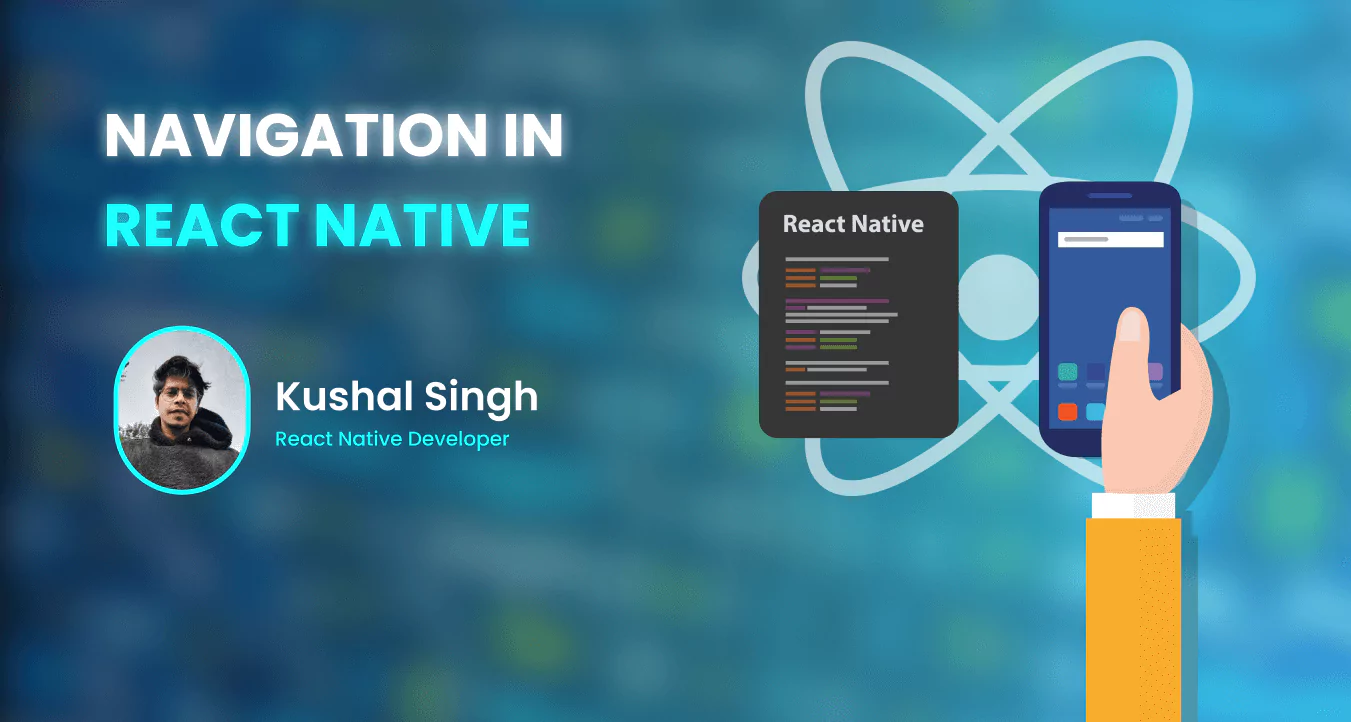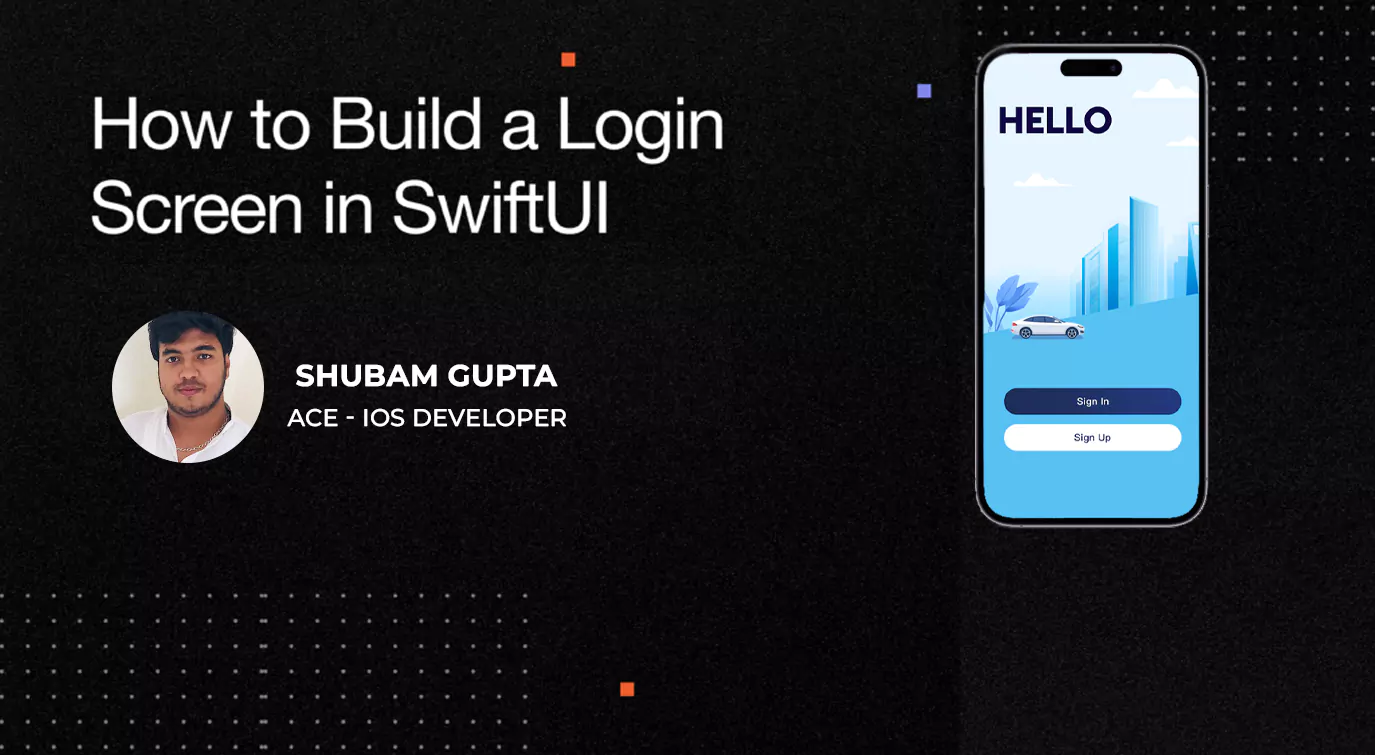Many a times we have to deal with saving data, passing data to other components and receiving data from other components. When resources are less and and time is a constraint, these concepts become very crucial and its important to have a good understanding of those.
Not only the concepts, but how to you use it as well, is what matters. I hope this post helps you have a better understanding of the concepts and how to use them practically.
What is Serialization?
It is converting an object in memory into an array of bytes, which can be used to transfer through streams or saved as a file.
Why do we need Serialization?
When we have large data set, let us suppose an object of a class, sometimes we need to save or transfer that data systematically. In that case we use Serialization.
How can we achieve Serialization in Java?
Java has got a Serializable interface that enables us to Serialize an Object of a class.
What are the requirements to use Serializable on a Class in Java
1. Make a POJO class as you do it normally.
2. That class has to implement an Interface called java.io.Serializable Interface.
3. Now this object can be converted to bytes/file by using writeObject() available in ObjectOutputStream class.
4. This Interface ‘java.io.Serializable’, hasn't got any method, it's a Marker Interface.
What is a Marker interface?
A Marker Interface is a kind of an interface that has no field or method. It’s only use is to make the compiler aware of the special behavior the interface brings in to the class implementing it. Some example of Marker interfaces are:
java.io.Serializable
java.lang.Cloneable
java.rmi.Remote
java.util.RandomAccess
All these interfaces does not have any method and field. They only add special behavior to the classes implementing them. However marker interfaces have been found unacceptable since Java 5, they have been replaced by Annotations. Annotations are used in place of Marker Interface that play the exact same role as marker interfaces did before.
What is ‘Transient’ Keyword
Suppose you do not need a certain data member of the object while you are serializing the object you can mention it as ‘Transient’ A Transient keyword will prevent that data member from being serialized. This saves memory and resources.
Code examples for Serialization using Serializable Interface in Java
1. A function to serialize an Object that returns a byte array in Java -
// you pass the Object of a Class that implements Serializable as an argument here
public byte[] serializeObject(Object o) {
ByteArrayOutputStream bos = new ByteArrayOutputStream();
try {
ObjectOutput out = new ObjectOutputStream(bos);
out.writeObject(o);
out.close();
// Get the bytes of the serialized object
byte[] buf = bos.toByteArray();
return buf;
} catch(IOException ioe) {
Log.e("serializeObject", "error", ioe);
return null;
}
}
2. Serializing an Object of a Java Class and storing it as a file -
// the Class ‘Student’, implements Serializable:
Student obj = new Student(101, 25);
FileOutputStream fos = new FileOutputStream("Student.ser");
ObjectOutputStream oos = new ObjectOutputStream(fos);
oos.writeObject(obj);
oos.close();
fos.close();
System.out.println("Serialization Done!!");
Deserialization
is taking bytes or a file and converting them back into an Object in memory so that we can use that object in our code.
Requirement to use Deserialization in Java
1. Make the POJO class as you do normally.
2. That class has to implement an Interface called java.io.Serializable Interface.
3. Now any matching file can be converted to object of this class using readObject() method in ObjectOutputStream class.
Code Example for doing Deserialization in Java
FileInputStream fis = new FileInputStream("student.ser");
ObjectOutputStream ois = new ObjectOutputStream(fis);
si = (studentinfo)ois.readObject();
What are the use cases of doing Serialization using Serializable Interface on Android ?
1. For saving an Object to some file, same as you do in Java
2. For passing an Object in Intent -
You make a class to Implement Serializable same as in Java and the object of that class
can be passed via Intent to another activity.
// Student is a Model class that implements Serializable
Student stud = new Student();
Intent intent = (getBaseContext(), SomeActivity.class);
intent.putExtra(“StudentObject”, stud);
startActivity(intent);
Advantages of doing Serialization on android using Serializable Interface
1. It is easier to implement.
2. It is faster to implement
Disadvantages of doing Serialization on android using Serializable Interface
1. The Serialization process is slow. It affects the performance when the fields are more or data set is more.
2. Serializable interface creates a lot of temporary objects and cause quite a bit of garbage collection.
To solves these issues of Serializable Interface, Google has come up with Parcelable Interface to do Serialization on Android only. Parcelable is faster than serializable interface. Sometimes about 10 times faster.
Using Parcelable on Android
(Implementing Parcelable is little complicated, that's why I have given the boilerplate code here)
1. The Model class
public class MyModel implements Parcelable {
/** 1.
* These 'variables declaration' and the 'constructor' below are the only extra thing we need to add.
* Everything else is auto generated by alt+enter
*/
String name, age;
// Instead of a Constructor to initialize the variables, you can even use Getters and Setters
public MyModel(String namee, String agee) {
this.name = namee;
this.age = agee;
}
/** 2.
* These things below are auto generated by alt+enter by hovering on the Class name and Parcelable keyword.
*/
public MyModel(Parcel in) {
name = in.readString();
age = in.readString();
}
public static final CreatorCREATOR = new Creator() {
@Override
public MyModel createFromParcel(Parcel in) {
return new MyModel(in);
}
@Override
public MyModel[] newArray(int size) {
return new MyModel[size];
}
};
@Override
public int describeContents() {
return 0;
}
@Override
public void writeToParcel(Parcel dest, int flags) {
dest.writeString(name);
dest.writeString(age);
}
}
When you want to send data of the type ‘MyModel’ in Intent from MainActivity to SecondActivity -
2. Code in MainACtivity
MyModel dataToSend = new MyModel("namee1", "agee1");
Intent i = new Intent(this, SecondActivity.class);
i.putExtra("myData", dataToSend);
startActivity(i);
3. Code in SecondActivity
Intent i = getIntent();
MyModel model = i.getExtras().getParcelable("myData");
Log.i("data_received", model.name + " " + model.age);
Conclusion
You should use Serialization when working in pure Java but should use Parcelable when working with Android for better performance.











